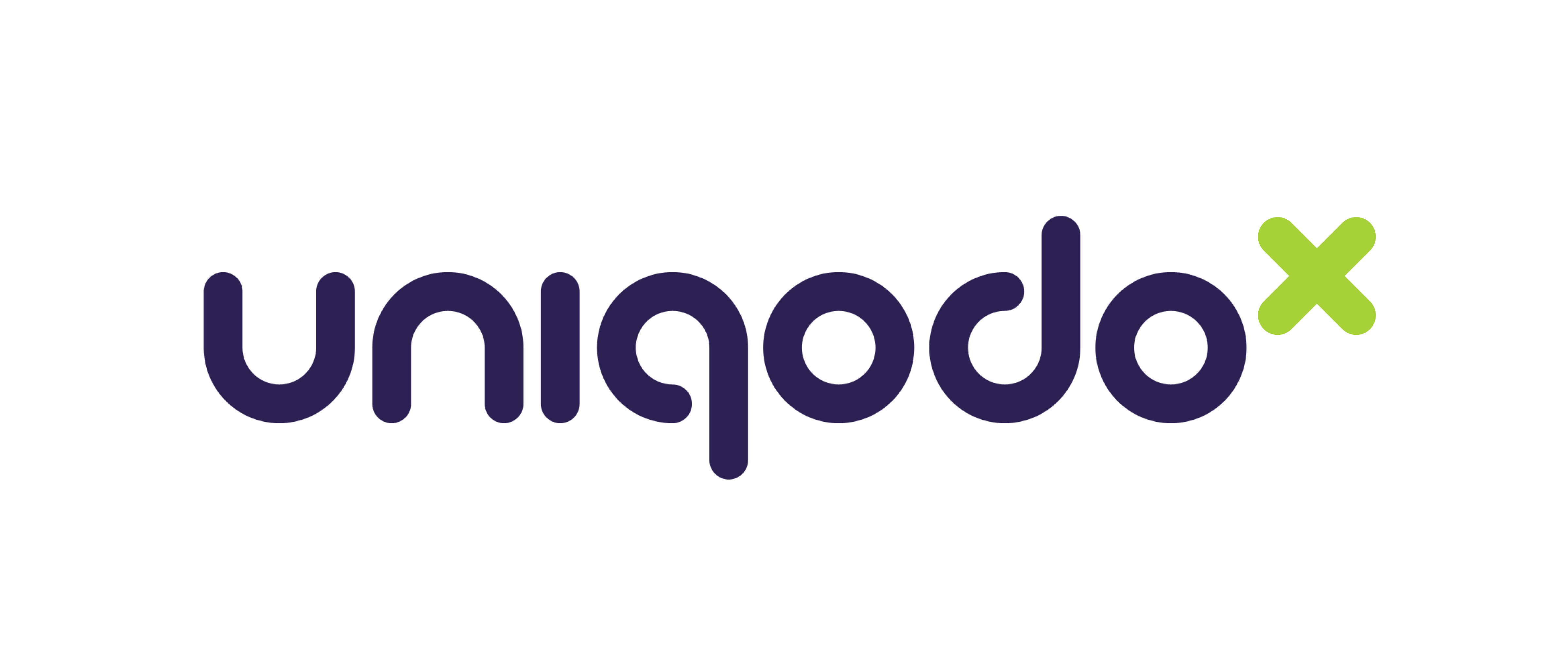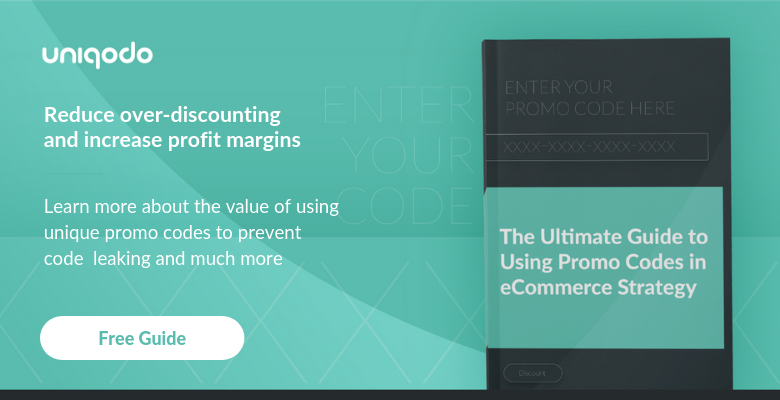While still very much a new contender in the grand scheme of retail, a look back at the last decade reveals that personalisation has been creeping up for a while. Mainly possible thanks to big data influxes and the rise of automation, this shift towards a more personal service has changed retail in a host of ways, not least because it’s allowed for stronger connections, effective online capabilities and all-important omnichannel approaches. And, with 2020 widely hailed as the ‘year of personalisation,’ the benefits surely won’t end there.
This current personal focus, paired with the fact that 51% of consumers now expect tailored offers and suggestions, is piling on the pressure for many. But by considering the evolution of personalisation, retailers should realise that this growing shift isn’t such a leap in operations after all. And yet, considering how to make space for it in your strategy could bring significant benefits for everything from modern consumer satisfaction to retail profitability and beyond.
The question is, how exactly has personalisation changed the retail landscape in the last ten years, and how can retailers make the most of those benefits in an age where personal service is no longer a choice but an inevitability?
# 1 - Competitive online capabilities
It’s been more than a decade since big-time retailers made their mark on the online landscape. More than ten years, even, since a web presence became a staple for any successful retail brand. Yet, the last ten years have made way for more competitive and consumer-friendly online capabilities. Consider, for instance, that eCommerce accounted for only 7.2% of overall retail sales back in 2010. Jump forward to this year, and we’re looking at 15.5% of all sales coming from this platform.
In fairness, personalisation isn’t the only reason for this shift, but it is now intrinsically linked to any benefits retailers can enjoy here. After all, one of the main reasons consumers choose to shop online instead of in-store is the convenience that comes from personalised accounts, tailored discounts, and more. Personalisation implemented across an online landscape has undoubtedly made it more possible than ever for brands to target their prime audiences, and achieve a competitive edge that wouldn’t have been possible five, let alone ten, years ago.
# 2 - Connections at last
In the past, the retail-customer relationship has remained reasonably distant, but this disconnect has damaged brands no end and certainly hasn’t helped to achieve lasting retention. By comparison, consumers who feel connected to the brand they’re buying from are 70% more likely to spend double the amount. And we have personalisation to thank.
In many ways, this entire focus begins with social media, a trend that has constantly evolved in the past decade with the rise of platforms like Facebook for business and Twitter. The data and direct-to-consumer relationships created here are, as you likely know, invaluable for boosting sales. And, of course, the heart of all online social efforts lies in personalised focuses like unique offers/announcements tailored to audiences, or recommendations based on the responses followers provide.
Once decent social media connections are made, consumers can begin to enjoy a trusting relationship with their favourite brands that are based on the sharing of information. Far from having to cope with blanket discounts, for instance, inter-connected brands will ensure that consumers enjoy discount codes on their birthdays or other key events. Equally, personalised recommendations on a ‘we thought you might like this’ basis can see customers feeling like they’re listened to at last. This is a huge step forward for the retail industry on the whole, and a guaranteed way to retention that wasn’t even on your horizon in 2010.
# 3 - Promotions that always hit the mark
Promotions have long been a complicated thing for retailers. On the one hand, 75% of consumers expect promotional offerings. On the other, blanket discounts and in-store sales have long led to costly issues such as discount code misuse and even questions regarding product value. It’s a difficult dichotomy to navigate, and, luckily, personalisation has seen brands doing just that with ease over the past decade.
This is especially possible thanks to the decade-long success of email marketing. Despite being declared dead back in 2002, many retailers rank this marketing method as their most effective as we move further into 2020. In large part, this is because personalisation allows direct-to-inbox messages, discounts and suggestions with open rates around 26% higher than non-personalised counterparts.

Harking back to the rise of social media, personalised focuses have also allowed for influencer-led promotions that have, again, proved invaluable for boosting conversions. By providing tailored discount codes to social media frontrunners, brands can reach the 49% of consumers who now shop this way. That’s an entire audience-base that wouldn’t have been possible in 2010!
And, of course, we can’t consider personalised discounts without also touching upon the invaluable revelations retailers have arrived at on the back of trackable campaigns. By tailoring offers using the right software, it’s now possible to see where conversions are coming from, and which discount efforts are reaping results. Largely, this is all thanks to personalisation paired with AI, a trend which, incidentally, has only really come to the business fore in the last two years.
# 4 - Omni-channel approaches
2010-2020 might have been the decade of online retail, but it pays to remember that 87% of customers expect seamless experiences across retail landscapes, with 73% shopping across multiple channels. Unsurprisingly, then, omnichannel strategies are fast approaching their tenth birthday, and would never have been possible without personalisation driving things forward.
By focusing on shopping histories, for instance, retailers are now able to offer smoother multi-device browsing than ever, complete with cross-over baskets for smooth completions and reduced abandonment rates. Equally, unique discounts offered online alongside QR codes, or tailored codes can make for online offers that cross over into real life shopping trips. These efforts, in turn, lead to increased consumer satisfaction, conversion rates that may once have been out of reach, and loyalty at last.
Go personal or go home
As you can see, it’s no exaggeration to say that AI-led personalisation has made the most significant retail ripples in the past decade, and is set to lead to even further shifts within the industry. Companies looking back at personalisation come the end of this decade will undoubtedly be amazed again by how far things have developed.
For now, no retailer can afford to neglect implementation of the promo code software necessary to make tailored, unique and single-use discounts a possibility across the business landscape. Certainly not if they want to meet with modern consumer expectations, and stay above the crowd as the new decade commences.




Subscribe to the Blog